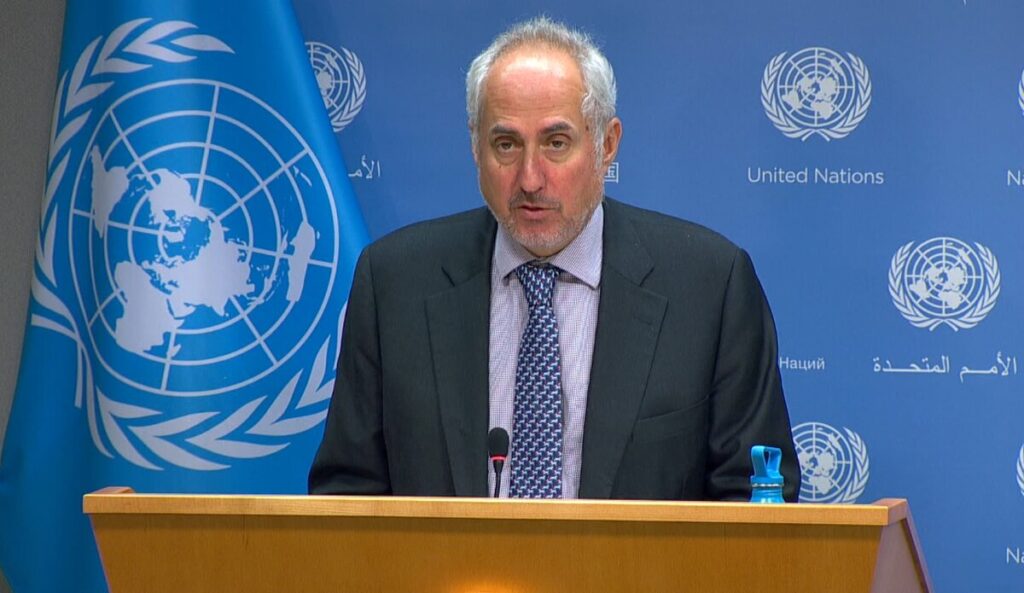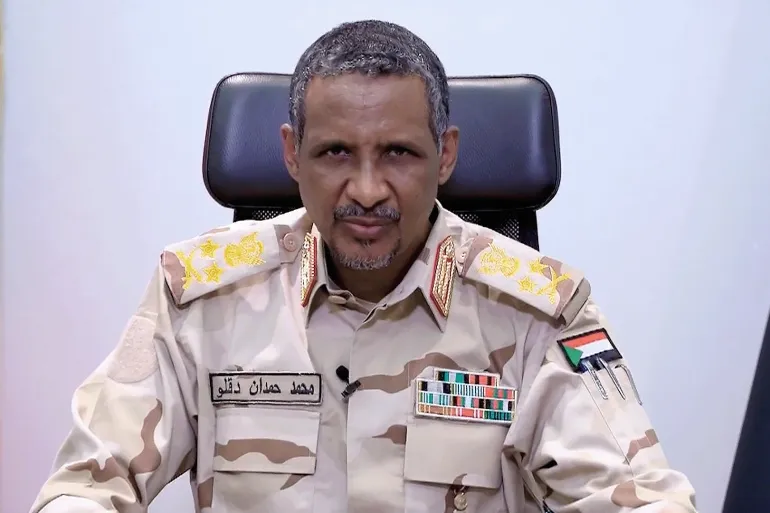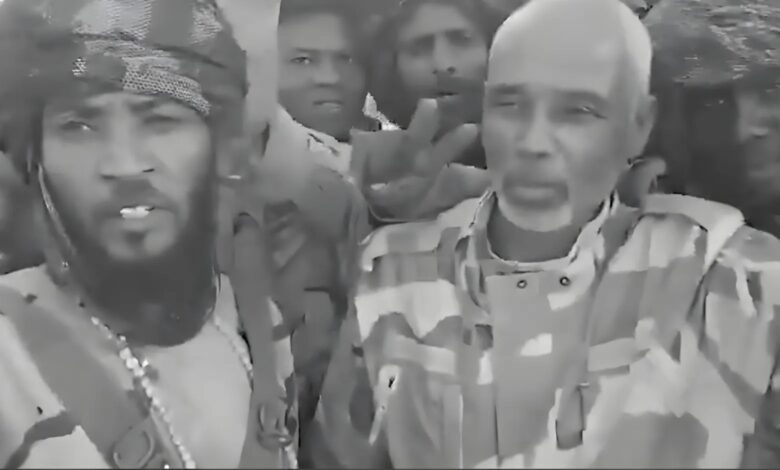
A cascading series of electricity failures, water shortages and security incidents has plunged Sudan’s Northern and River Nile states into what local officials describe as “a rapidly deteriorating humanitarian situation.”
Residents of Wadi Halfa have been without reliable drinking water for weeks after pumping stations broke down. Schools were forced to send pupils home on several occasions while tankers tried—often unsuccessfully—to replenish community reservoirs.
Blackouts batter health services
Repeated grid collapses have darkened Port Sudan and River Nile state. Engineers say two transformers at the strategic Al‑Muqrin sub‑station were damaged when high winds toppled protective shipping containers placed there as makeshift blast walls.
In Atbara, an 80‑patient dialysis ward shut on Monday after both mains power and the hospital’s backup generator failed, leaving kidney patients in “imminent danger,” medical staff warned. Governor Mohammed al‑Badawi said replacement parts were en route and promised “the earliest possible restoration” of electricity.
Seventy displaced families sheltering in a municipal centre in Halfa town were ordered to leave on Sunday after refusing junta‑organised “voluntary return” buses to war‑scarred Khartoum. The group—including dozens of children still suffering war‑related trauma—has appealed to aid agencies for tents and food, saying the capital remains unsafe.
Crime spike
Northern state police are hunting a suspect who fatally stabbed a fellow villager in Al‑Sikut after what witnesses called a long‑running feud. Separately, residents of Atbara’s Al‑Mourada district filed a criminal complaint against four uniformed members of the SAF-affiliated “joint forces” who allegedly beat a family, brandished whips and rifles at neighbours, and stole phones and cash while patrolling in an unmarked tuk‑tuk.
Local activists say the incidents underscore a broader breakdown of services and public order as Sudan’s civil conflict drags into its third year, stretching state capacity and exposing vulnerable communities to new risks.




